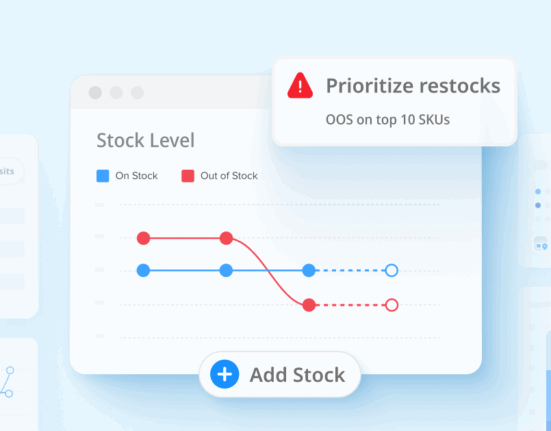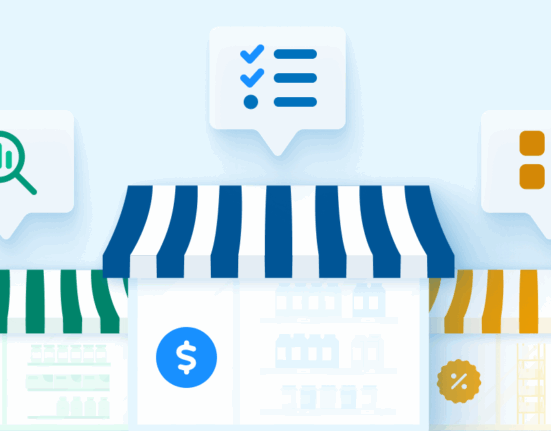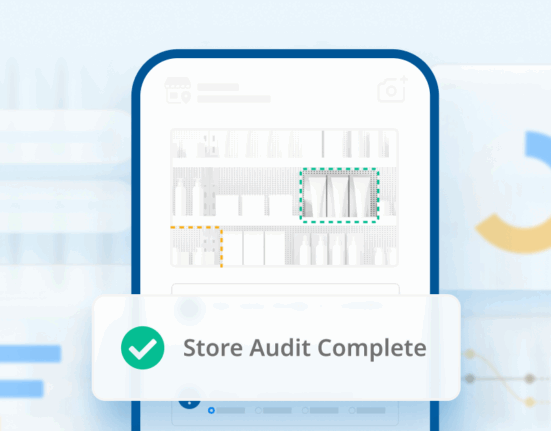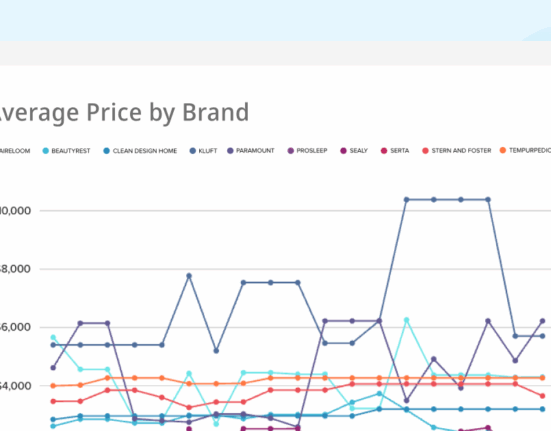By the time most products reach the shelf, they have already traveled long distances, been in several shipping and transportation containers, and been handled by many different people just to make their way into the hands of the consumer.
This can involve manufacturers, wholesalers, distributors, transportation, retailers, and the store-level employees who display the products on the shelf.
Every person along the way plays a key role in ensuring that the products remain in good condition and end up exactly where they are supposed to be.
But such an elaborate journey exposes a brand to a myriad of challenges.
What’s the Purpose of Food Distribution?
Food distribution works to ensure that food and beverage products are able to make their way from the manufacturer, to storage warehouses, to distributors, and finally to the retail store where they can reach consumers.
How Does Food Distribution Work?
Food distribution workers handle the transportation and storage of food and beverages as they move through the supply chain. Sometimes different distributors will specialize in a particular type of product, such as seafood, fresh meat, fresh produce, etc.
Because of the limited shelf-life involved with many food products, distributors often utilize short-term storage facilities. Depending on the distance from the manufacturer to the store, some distributors may also use refrigerated trucks to transport food and beverage items.
Without this whole process, the average consumer wouldn’t have access to food items that they couldn’t grow or produce on their own. With the distribution process, we can sell and purchase food items even when they are out of season. This is why food and beverage distribution is a vital part of retail.
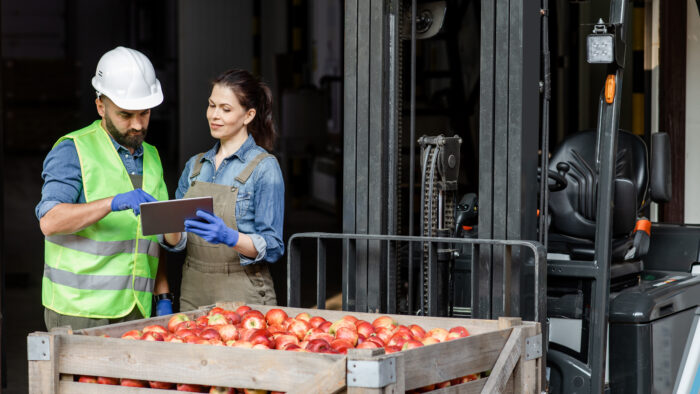
What Issues Do Brands Face With Food Distribution?
The issue for brands is that they cannot always track their products accurately as they move through the distribution process.
For example, maybe a food brand can tell that their products did indeed make it to the retailer. But did they make it onto the actual shelf? Where on the shelf are they? Are they with similar products and in a location that the consumer would be able to find easily? How are they being priced?
It’s imperative for brands to know as much as possible when it comes to their product visibility. And not just for their own products. How is the competition stacking up? Are their products being displayed better and more accurately than yours?
None of these questions can be answered very easily when brands are sending their products off to multiple locations. Factor in the short shelf-life of food products, and how easily they can be damaged, and the possibility of something going wrong shoots up.
As brands continue to expand to national or sometimes international levels, they must turn to a different solution that will grant them the insights they need to stay successful.
Wiser provides brands with a holistic view of the shelf that can paint a larger picture of your retail category.
How Wiser Helped A Snack Brand
These distribution and visibility challenges were troubling one Wiser customer, a U.S.-based snack foods brand.
Third-party shipment data showed our customer that their products were making it to stores, but not whether their products were making it to shelves. In one instance, a heavily-anticipated product launch was delayed by the brand due to a lack of confidence in their retailers’ ability to promote and sell the product effectively.
The snack brand wanted to know:
- Whether their products were actually in the snack aisle as expected.
- Where on the shelf did these products end up—eye-level or not?
- What other brands were on the shelf?
To answer these questions, Wiser deployed its network of smartphone-enabled mystery shoppers into thousands of store locations, far more than the snack brand could manage with its in-house team alone. Those shoppers took pictures and answered questions so the customer could see their products in near real-time, highlighting several problematic stores.
As an added benefit, Wiser uncovered several potential promotional partners based on in-store insights. With this new intelligence, the snack brand expanded their scope to track distribution and competitive intelligence KPIs month-over-month, so that they could allocate resources to retail locations more efficiently.
As a result of these efforts, the customer improved share of shelf across several of their retail locations and was able to better act upon the distribution data they received from other channels.

How Wiser’s Retail Intelligence Can Help You
Wiser can be your eyes and ears inside stores, too.
With the help of crowdsourced mystery shoppers, Wiser is able to visit a large number of stores in a shorter time period than a typical field team would take. These shoppers can identify the exact location of your products, report on their condition and availability, and even take photos of the shelf to help you identify other potential issues.
Are your food items or their packaging damaged? Are they being displayed correctly? Do employees know where they are located when asked?
With this bespoke data, brands can identify specific store locations that aren’t up to par and work on smoothing out the kinks in places that will be most beneficial to you.
On top of this, Wiser provides brands with a holistic view of the shelf that can paint a larger picture of your retail category. Find out who your competitors are and how successful their products are when compared to yours. Or, identify possible partnerships with brands who make complementary products to yours, just like our snack brand customer.
With Wiser’s retail intelligence product, brands can make data-driven decisions that benefit their share of shelf, their distribution efforts, and much more.




